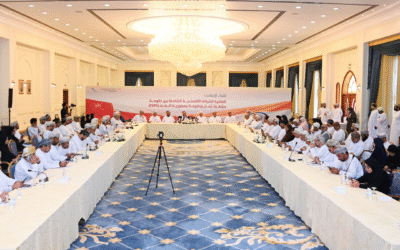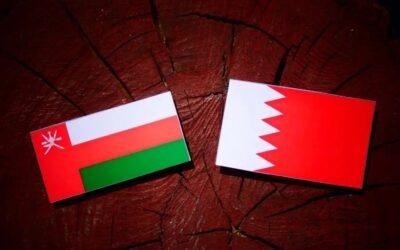Introduction
The history of the Sultanate of Oman is among the richest in the Arab world, marked by political, economic, and cultural achievements spanning several centuries. Since the establishment of the Al Busaidi state in the 18th century by Imam Ahmad bin Said Al Busaidi, Oman has experienced an era of unity, stability, and regional influence that continues to this day under Sultan Haitham bin Tariq Al Said.
1. Imam Ahmad bin Said Al Busaidi (1744 – 1783)
Imam Ahmad bin Said is regarded as the founder of modern Oman. He rose to power during a period of turmoil following the decline of the Yaruba dynasty. After successfully expelling the Persian forces from Oman in 1747, he unified the country under one rule and restored its sovereignty.
His reign was characterized by internal stability and the rebuilding of Oman’s naval power, which later became one of the strongest fleets in the region.
2. The Successors of Imam Ahmad bin Said
After his death, his sons and descendants succeeded him, including:
- Imam Said bin Ahmad (1783 – 1786): Faced internal opposition that limited his authority.
- Sultan Hamad bin Said (1786 – 1792): Transferred the capital to Muscat and strengthened commercial ties with European powers.
3. Sultan Said bin Sultan (1804 – 1856)
One of the greatest rulers in Oman’s history, Sultan Said bin Sultan presided over the peak of Omani power and influence across East Africa and the Indian Ocean. He established Zanzibar as a second capital and transformed it into a prosperous trading hub.
His reign saw the expansion of an Omani empire that stretched from Muscat to the East African coast, and he maintained active diplomatic and trade relations with Britain, France, and the United States.
After his death, the empire was divided between his two sons:
- Majid bin Said, ruler of Zanzibar.
- Thuwaini bin Said, ruler of Muscat and Oman.
4. The Era of Division and Internal Independence (1856 – 1970)
This period was marked by political and economic challenges as Omani influence declined and foreign pressures increased. Notable rulers during this era include:
- Sultan Faisal bin Turki (1888 – 1913): Faced internal unrest and growing foreign intervention.
- Sultan Taimur bin Faisal (1913 – 1932): Attempted limited reforms but struggled with financial and administrative difficulties.
- Sultan Said bin Taimur (1932 – 1970): His rule was characterized by isolationism and economic stagnation, leading to internal unrest, particularly in Dhofar.
5. The Modern Renaissance – Sultan Qaboos bin Said (1970 – 2020)
On July 23, 1970, Sultan Qaboos bin Said assumed power, ushering in a new era known as The Omani Renaissance. He unified the country, ended internal conflicts, and launched comprehensive development programs in education, healthcare, and infrastructure.
His foreign policy of positive neutrality allowed Oman to play a constructive role in regional diplomacy and stability. During his fifty-year reign, Oman transformed from an isolated state into a modern, internationally respected nation.
6. Sultan Haitham bin Tariq Al Said (2020 – Present)
Sultan Haitham bin Tariq Al Said assumed the throne on January 11, 2020, following the passing of Sultan Qaboos. He has focused on continuing Oman’s renaissance through the Oman Vision 2040 initiative, aimed at economic diversification and sustainable development.
Sultan Haitham has maintained Oman’s balanced foreign policy while implementing administrative and economic reforms to modernize the nation.
Conclusion
From the founding of the Al Busaidi dynasty to the present day, Oman has exemplified a balance between tradition and progress. Imam Ahmad bin Said laid the foundations of unity and sovereignty; Sultan Qaboos built a modern renaissance; and Sultan Haitham continues to guide the nation toward a prosperous future. Thus, Oman’s history stands as a distinguished model of wise governance and enduring stability in the Arab world.




